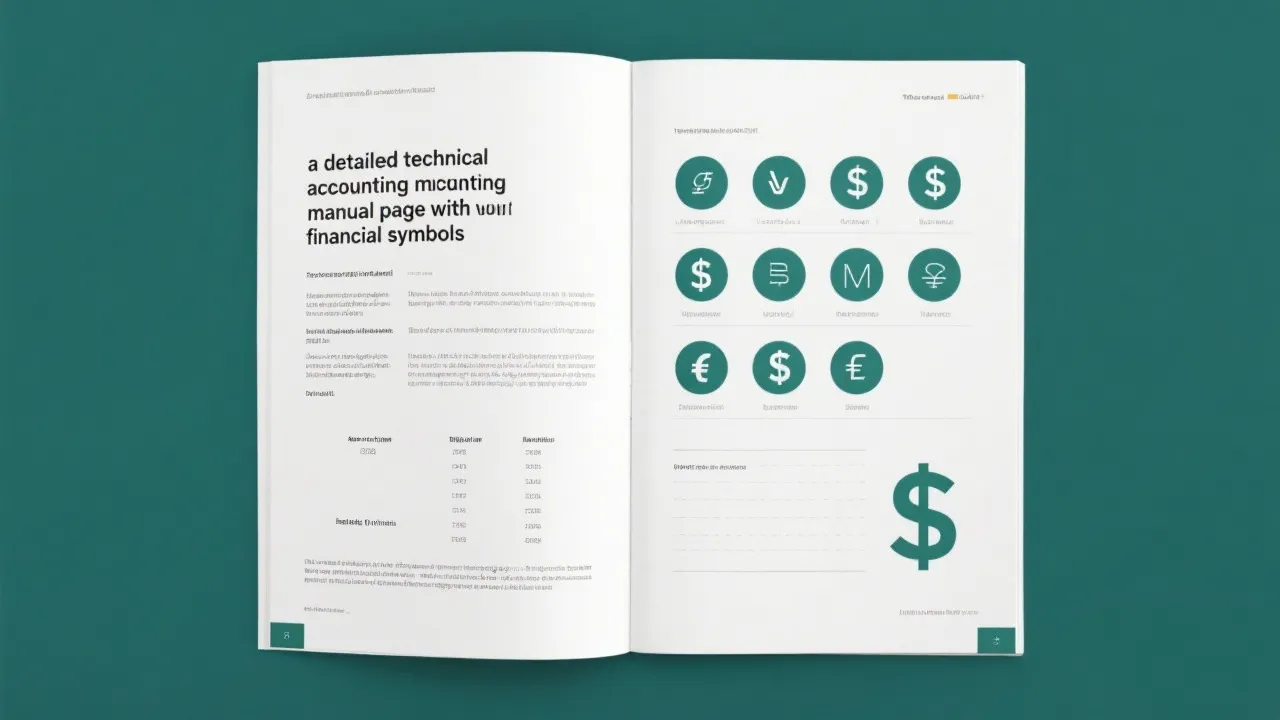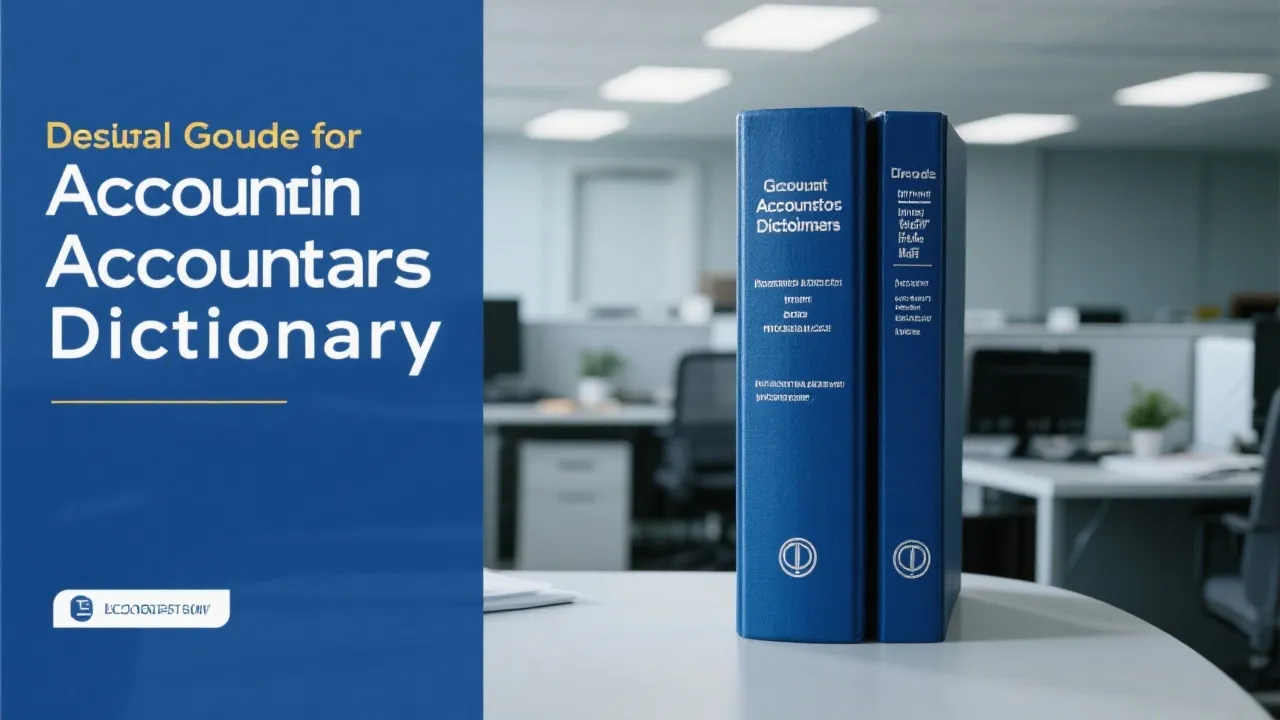Understanding Fas 97 Complexities
Fas 97 pertains to the accounting standards applied to certain types of insurance contracts, delineating how traditional and universal life insurance products should be accounted for in financial statements. Originated by the Financial Accounting Standards Board (FASB), Fas 97 ensures transparency and consistency in insurance-related financial reporting. This article delves into its intricacies, implications, and its role in modern financial practices, offering a robust guide for accountants and industry professionals.

Introduction to Fas 97
The Financial Accounting Standards Board (FASB) introduced Fas 97 as a crucial framework for understanding the accounting requirements specific to certain insurance contracts. This standard, officially known as "Financial Accounting and Reporting by Insurance Enterprises for Certain Long-Duration Contracts and for Realized Gains and Losses from the Sale of Investments," is pivotal for ensuring clarity and uniformity in the way insurance companies report their financial activities. The introduction of Fas 97 came in response to the necessity for more precise accounting regulations that reflect the complexities and unique attributes of insurance contracts, especially those that involve long durations. As the insurance landscape has evolved, so too have the expectations from investors, regulators, and policyholders, necessitating a robust framework to guide insurers in their financial reporting and disclosures. This regulation is particularly relevant in today's climate, where financial transparency is of paramount importance and the need for insurance companies to manage their reputations is ever-pressing.
Core Concepts of Fas 97
Fas 97 is primarily focused on the accounting practices for universal and participating insurance contracts. The standard mandates that insurance enterprises recognize revenue over the lifetime of the contract, aligning the revenue recognition more closely with the services provided to policyholders. This fundamental shift in accounting practice is a significant departure from traditional revenue recognition methods, which often resulted in premature or misaligned revenue reporting. Furthermore, the standard emphasizes the importance of reflecting economic realities, which is vital for stakeholders relying on these financial statements for informed decision-making.
This alignment ensures that revenues are not merely recognized at the point of premium collection but are instead matched to the period in which policyholders are receiving coverage and benefits. As such, Fas 97 requires a careful assessment of expected future cash flows, the timing of these flows, and the potential risks associated with long-duration insurance contracts. The comprehensive exploration of this standard also facilitates a better understanding of rates of return, which is critical for both management assessments and actuarial analysis. Undoubtedly, Fas 97 exemplifies the material shift towards a more integrated and stakeholder-focused approach within the accounting frameworks governing insurance enterprises.
Technical Aspects and Implementation
Various technical components must be considered when implementing Fas 97. These include allocation among the insurance company’s general account, policyholder liabilities, and the policyholder’s account value. Companies must also consider the methods for amortizing deferred acquisition costs (DAC). The implementation of Fas 97 requires a deep understanding of how these factors interact and how they impact the financial health and performance of an insurance enterprise.
In more detail, the allocation of premiums entails a strategic decision-making process that affects various aspects of financial management. Each premium collected must be carefully assessed and allocated correctly among different account types, which can affect not just revenue but also the categorization of assets and liabilities. Furthermore, this allocation process is closely tied to policyholder expectations. By accurately distributing premiums, insurance companies can ensure they are meeting their obligations and providing transparency regarding how their funds are being utilized.
Equally important is the treatment of DAC. Under Fas 97, these costs, which include marketing expenses and commissions, must be treated as assets that can be deferred and amortized, rather than being expensed immediately. Amortization is typically done on a systematic basis relative to the anticipated premium revenue generated over the policy’s life, which requires companies to develop accurate projections for their insurance products. This can prove to be a substantial challenge, particularly for companies that offer a wide range of products with varying levels of complexity.
Effective implementation of Fas 97 thus necessitates not only a theoretical understanding of these technical components but also the practical ability to manage them on a day-to-day operational level. Financial systems may require significant upgrades to accommodate the new data inputs and outputs that Fas 97 demands, while personnel will need training and resources to understand how to apply these complex regulations in their routines.
Table: Critical Components of Fas 97
| Component | Description |
|---|---|
| Deferred Acquisition Costs (DAC) | Costs that are capitalized and amortized over the life of the policy rather than being expensed upfront. |
| Revenue Recognition | Recognizing revenue in a way that correlates with the insurance company’s delivery of services to policyholders. |
| Policyholder Liabilities | Obligations reflecting amounts due to policyholders, accounting for future benefits and premium adjustments. |
Impacts on Insurance Industry
Fas 97 significantly impacts how insurance companies plan and report their financial operations. It encourages transparency, mitigating the risk of mismatched expectations among stakeholders. For investors and policyholders, these standards provide confidence that an insurance company’s financial statements accurately depict its financial status. This transparency fosters trust, particularly in turbulent market conditions.
In addition to improving transparency, Fas 97 also aims to standardize the reporting practices across the industry. Prior to its implementation, there were vast discrepancies in how various firms reported similar items on their financial statements. Such differences could lead to confusion and diminish the credibility of financial reports, particularly regarding long-duration contracts that may span decades. With uniform principles established under Fas 97, investors can make apples-to-apples comparisons across companies, which is critical for making informed investment decisions.
The effect of these standardized reporting practices goes beyond clarity in financial statements; they also impact the competitive landscape of the insurance industry. Insurance companies that effectively implement Fas 97 may find themselves in a better position competitively due to improved reporting accuracy. This encourages firms to enhance their internal methodologies and systems, ultimately leading to better risk assessment and related financial planning. By adhering to this framework, insurers not only improve their offerings but also ensure they are building longer-term sustainable practices that will inspire greater consumer trust and loyalty.
Furthermore, the regulatory oversight that accompanies Fas 97 ensures a mechanism for accountability. Regulators and stakeholders have access to standardized information, enabling them to monitor compliance more, which can lead to improved operational practices within insurance companies. The overall impact on the industry can be seen as a move towards a more sustainable business model focused on long-term stability rather than short-term gains.
Challenges in Application
Despite its benefits, applying Fas 97 is not without challenges. Insurance companies may find the revaluation and recalibration of financial statements complex. The need for comprehensive data integration and systems updates to support the required financial reporting processes can represent a significant operational burden. Additionally, training accounting personnel on the nuances of Fas 97 is crucial yet can be resource-intensive.
One significant challenge arises during the transition period, as firms shift from their previous reporting frameworks to the updated Fas 97 guidelines. Many organizations may struggle with aligning their historical data with the new accounting treatments, leading to discrepancies and the potential necessity for restatement of previous financial results. This can be especially challenging for insurers with a legacy of previous accounting methods that differ substantially from those prescribed by Fas 97, as adjustments may need to be made retroactively, complicating their accounting processes.
Moreover, the technology implications of adopting Fas 97 cannot be understated. Financial systems must be updated or replaced entirely to ensure they can handle the requirements of the new standard, from revenue recognition to DAC amortization. This may include new software solutions, updates to existing applications, or even the creation of entirely new data management systems that can integrate easily with the current operational frameworks of the company. Such changes can easily lead to significant, unforeseen expenses and operational disruptions during the adjustment period.
Furthermore, the human factor also comes into play, as staff members must be trained to understand the new requirements and how to implement them correctly. This can involve extensive training programs and retraining existing employees, which could require significant time and resources that may divert attention from other important business operations. Resistance to change is also a common hurdle; employees accustomed to prior practices may be reluctant to adapt to new methods, potentially leading to a decrease in morale if not managed properly.
Finally, the intricate nature of long-duration contracts themselves poses a challenge. Given their complexity, accurately forecasting cash flows and liabilities requires advanced actuarial skills and sophisticated predictive modeling techniques. Firms may need to rely heavily on external consultants or enhance their in-house expertise to ensure compliance, which can escalate costs further. The combination of these factors illustrates that while Fas 97 introduces necessary and beneficial changes within the insurance sector, the road to its successful application is laden with challenges that require careful analysis and strategic planning.
Real-World Example
Consider an insurance firm in the process of transitioning its reporting systems to accommodate the Fas 97 requirements. Initially, the company faced challenges in recalibrating its deferred acquisition costs. By employing a phased approach and leveraging specialized consulting services, the firm managed to integrate the new standards seamlessly, which resulted in greater internal understanding and external credibility regarding its financial disclosures.
This firm commenced the transition by first conducting a comprehensive audit of its existing financial systems and reporting practices. This audit identified specific areas where historical accounting methods diverged from Fas 97 principles, such as the treatment of DAC and the timing of revenue recognition. Working collaboratively with experienced accounting consultants, the firm established a roadmap that included specific timetables for improvement and technological integrations.
For instance, they opted to adopt a cloud-based financial management system that provided real-time updates and reporting capabilities, ensuring that all stakeholders could access relevant financial information promptly. The transition was executed in phases: they began with core systems for revenue recognition before moving onto more complex data sets associated with long-duration contracts. Each phase was meticulously planned to mitigate risks and minimize disruptions to their usual financial operations.
Moreover, the firm invested significantly in staff training, facilitating workshops and seminars led by industry experts to ensure that all employees understood the implications of Fas 97 on their day-to-day practices. This emphasis on education not only eased the transition but also fostered an environment of collaboration and problem-solving within the organization. As a result, once fully integrated with the new reporting standards, the firm experienced a marked improvement in internal efficiencies, and their external audit results were increasingly favorable compared to previous years. This successful transition ultimately not just improved reliability in financial reporting but also enhanced the firm’s reputation amongst regulators and investors alike.
Frequently Asked Questions (FAQs)
- What is the purpose of Fas 97? Fas 97 aims to improve the transparency and consistency of financial reporting for long-duration insurance contracts.
- How does Fas 97 affect deferred acquisition costs? The standard requires these costs to be capitalized and amortized over the life of the related insurance policies.
- Why is revenue recognition important under Fas 97? Ensuring revenue recognition aligns with service delivery provides a more accurate financial representation.
- What challenges do companies face with Fas 97? Companies often encounter difficulties in revaluation, systems integration, and ensuring personnel are adequately trained.
- How do new technological advancements impact the implementation of Fas 97? New technologies can facilitate compliance but may also require significant investments and training to adapt existing systems.
- What kind of support can companies seek during the transition to Fas 97? Consulting firms specializing in accounting standards can aid in both the technical and operational aspects of the transition.
- Are there any benefits of implementing Fas 97 besides compliance? Yes, improved financial transparency can enhance trust among stakeholders and may lead to competitive advantages in the market.
- How has Fas 97 evolved since its introduction? There have been ongoing discussions about potential revisions and updates to Fas 97, reflecting the rapidly changing landscape of the insurance industry and technological innovations.
Conclusion
Fas 97 remains a cornerstone of accounting standards within the insurance industry, guiding companies towards more rigorous and transparent financial reporting. As the industry continues to evolve, maintaining an up-to-date understanding of such standards is crucial for professionals to ensure compliance and foster trust within the financial ecosystem. By embracing these guidelines, insurance enterprises can not only improve their internal processes but also significantly enhance their credibility with stakeholders.
Moving forward, it is essential for insurance companies to regularly evaluate and update their practices in light of new regulatory developments and technological changes. As financial landscapes shift, adapting to these changes not only ensures compliance with standards such as Fas 97, but also creates opportunities for innovation and growth. Companies that can leverage their understanding of Fas 97 to improve operational efficiency, enhance customer service, and support strategic decision-making will be well-positioned to thrive in an increasingly competitive environment.
As professionals within the insurance sector navigate the complexities of Fas 97, collaboration and knowledge sharing will be pivotal. The industry should aim towards a culture that values transparency, continuous learning, and adaptability. By doing so, insurance companies will not only meet the regulatory requirements but also contribute to a robust and trustworthy financial ecosystem. Ultimately, these efforts stand to benefit not just the companies themselves, but also their clients and the broader economy, as the insurance sector plays a critical role in financial stability and risk management.









